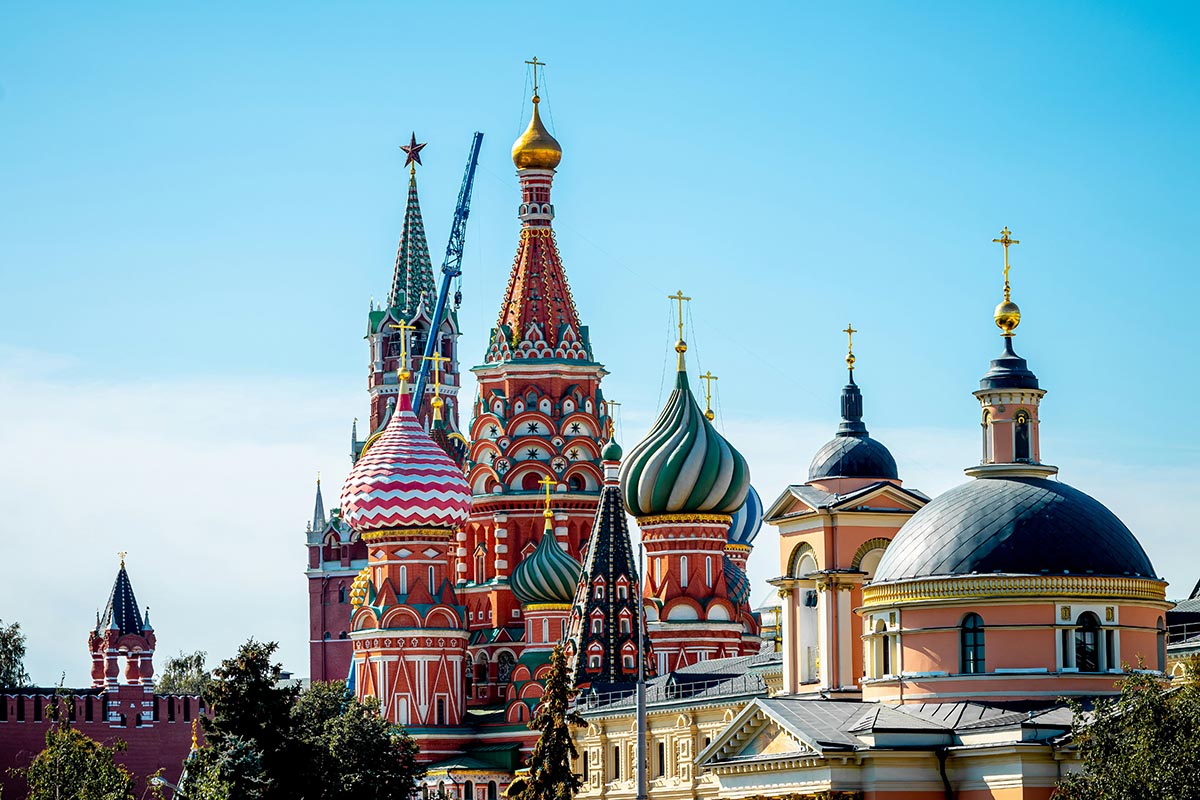
Internet restrictions and censorship have continued to pose challenges for individuals in various parts of the world, making the need for secure and unrestricted Internet access increasingly crucial. In countries like Russia, where internet freedom is curtailed by government regulations, such as the recent restriction imposition on 81 European publications due to an EU sanction onion some Russian outlets, leveraging the innovative features of a virtual private network (VPN) has emerged as a viable solution for individuals seeking to browse the web freely and securely.
Though some people may resort to private browsing with features like Google Chrome’s Incognito mode, InPrivate Browsing of Microsoft Edge, Safari’s Private Browsing, Opera’s inbuilt private tabs, and Firefox’s Private Browsing, it may not be the ultimate solution, as your ISP, hackers, government agencies, and other third parties can still monitor your browsing history if they access your IP address. Therefore, you will still need the innovative features of the VPN to browse freely while in Russia, even if you have a classic VPN.
Why people travel to Russia
People travel to Russia for various reasons; however, a crucial reason is for vacationing since Russia has some important places that will leave memorable experiences for a traveler; the places you can visit while in Russia include:
1. Red Square and Kremlin in Moscow
The Red Square and Kremlin in Moscow are iconic historical and cultural landmarks in Russia. The Red Square is a central square in Moscow, surrounded by significant buildings such as St. Basil’s Cathedral, Lenin Mausoleum, Armory Chamber, the GUM, and the State Historical Museum. The Kremlin is a fortified complex at the heart of Moscow, serving as the official residence of the President of the Russian Federation. It includes palaces, cathedrals, and towers and is a UNESCO World Heritage Site.
2. Hermitage Museum in St. Petersburg
The Hermitage Museum in St. Petersburg, founded in 1764, is, unarguably, one of the largest and oldest museums in the world, having a vast collection of art and cultural artifacts, displaying works by world famous artists such as Rembrandt, Leonardo da Vinci, Rafael, El Greko, Vincent Van Gogh and Paul Gauguin.
The museum is housed in a complex of historic buildings, including the Winter Palace, and is a must-visit for art and history enthusiasts.
3. Lake Baikal
Are you looking to see the world’s deepest and oldest freshwater lake? Search no more!
Visit Lake Baikal in Siberia, Russia. Incidentally, it is also the largest freshwater lake by volume, containing approximately 20% of the world’s unfrozen surface freshwater.
The lake is considered one of the cleanest and most pristine bodies of water, home to a unique and diverse ecosystem, including many species found nowhere else on Earth.
4. Catherine Palace in Pushkin
Catherine Palace, located in Pushkin, Russia, is a magnificent royal palace known for its opulent Baroque architecture and striking blue façade. The palace was the summer residence of the Russian tsars, and it is renowned for its exquisite interior, including the grand ballroom and the world-famous Amber Room.
We just gave you the tip of the iceberg! Russia has many incredible attractions; just pack your bag, hop onto a plane, and enjoy your vacation.
Each destination has its unique history, architecture, and cultural significance, making Russia a diverse and fascinating country; however, you must be security conscious while exploring these exquisite places with the mindset that Russia may restrict the content and websites you need to enjoy your travel.
A VPN serves as a secure tunnel between a user’s device and the internet, enabling an individual to browse freely while in Russia by encrypting the user’s data and routing it through a remote server, thereby masking the user’s IP address and providing anonymity and security. Leveraging a VPN, visitors and residents can browse freely in Russia, bypassing government censorship and accessing restricted content while ensuring their online activities remain private and secure.
One crucial innovative feature of a VPN is geo-locational obfuscation, allowing users to access content unavailable in a specific region. In the case of Russia, where online content is often subject to government restrictions, a VPN enables users to circumvent these limitations and access a broader range of online content. By connecting to a VPN server in a different country, users can bypass geo-blocks and access websites, streaming services, and other online content restricted in Russia.
Moreover, the innovative split tunneling 2.0 feature enables users to selectively pass non-sensitive traffic through the internet while routing sensitive traffic through the VPN encryption tunnel. This feature can be handy for individuals in Russia who may need to access both local and international content simultaneously.
By deploying the split tunneling 2.0 feature, users can maintain access to local services and websites while benefiting from the security and privacy offered by the VPN for their international internet activity. Also, by customizing some internet traffic to access the encrypted tunnel and others to access the internet directly, users can reduce bandwidth usage, increase internet speed, and eliminate ISP throttling.
In addition to bypassing censorship and geo-restrictions, VPNs offer robust security features that are instrumental in safeguarding user data and privacy. Features such as AI-powered threat detection enhance real-time analysis of behavior and patterns, proactively identifying and neutralizing potential cyber threats as a paradigm shift in cybersecurity practices.
AI-powered threat detection works perfectly with military-grade encryption, kill switch functionality, and DNS leak protection as essential components of a VPN’s security infrastructure to provide users in Russia with a secure and private browsing experience. In an environment like Russia, where online surveillance and privacy infringements are prevalent, the innovative security features of a VPN are paramount in ensuring that individuals in the country can browse the web without compromising their data and privacy.
Furthermore, some VPN providers offer innovative features such as multi-hop, cascading, or double VPN, designed to conceal VPN traffic by routing it through multiple servers in various locations, creating a complex web and making your internet traffic indistinguishable from regular internet traffic. This feature is valuable for users in Russia, where strict regulations, especially after the “Cold War” era, and surveillance mechanisms are in place to monitor and control internet activity.
It is important to note that while leveraging the innovative features of a VPN can enable individuals to browse freely while in Russia, it is essential to do due diligence and select a tried and trusted VPN provider. A reliable VPN provider with a good rating from customer review platforms, an unblemished commitment to user privacy and security, and a strict no-logs policy is crucial in ensuring that users can trust their VPN to deliver the promised benefits without compromising their privacy or security.
Additionally, it is advisable to choose a VPN provider that offers a wide selection of servers in various locations, including those outside of Russia, to maximize accessibility and bypass restrictions effectively.
Conclusion
The innovative features of a VPN offer a valuable opportunity for vacationers in Russia to browse the internet freely while safeguarding their privacy and security. Leveraging the ability to geo-locational obfuscation, multi-hop, cascading, or double VPN, AI-powered threat detection, and split tunneling 2.0, users can freely and confidently navigate the online landscape.
As internet regulations and censorship continue to evolve, the role of VPNs in promoting internet freedom remains indispensable, offering visitors who wish to visit Russia and enjoy the country’s memorable sights and cuisine the means to exercise their digital rights and access the open web without compromise.

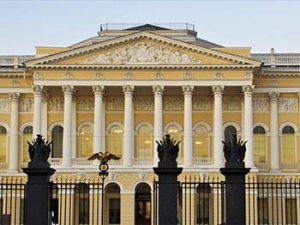

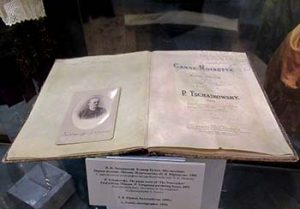







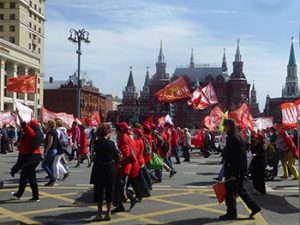
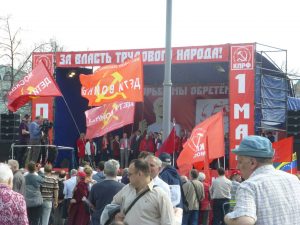
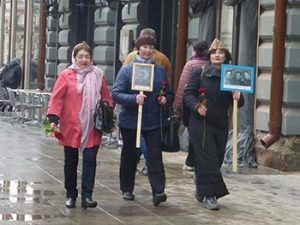
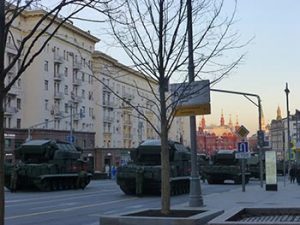








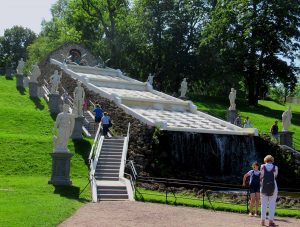


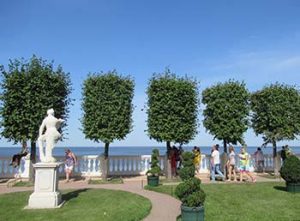

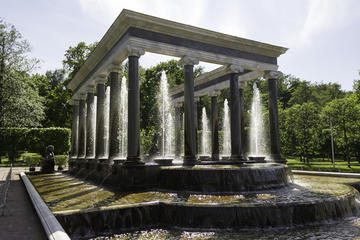
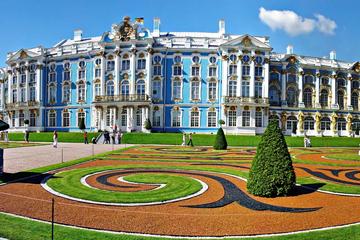


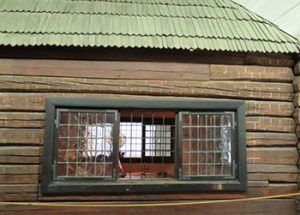

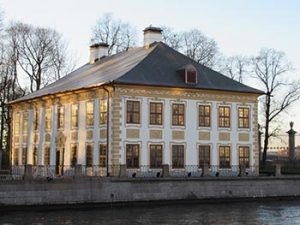


 In my opinion, the most fascinating are four rooms whose walls and ceilings are completely decorated with Dutch porcelain tile (about 28,000 pieces). These rooms are unique and can be seen only in the Menshikov Palace. Dutch porcelain tile was very expensive: even in Holland, where it has been produced, this tile was used to decorate only panels. Yet in the Menshikov Palace there are even several stoves decorated with Dutch tile. Peter the Great was very pleased with the luxury of the Menshikov Palace because he considered this building and its interiors to be a proof that new Russia was in no way inferior to any European country.
In my opinion, the most fascinating are four rooms whose walls and ceilings are completely decorated with Dutch porcelain tile (about 28,000 pieces). These rooms are unique and can be seen only in the Menshikov Palace. Dutch porcelain tile was very expensive: even in Holland, where it has been produced, this tile was used to decorate only panels. Yet in the Menshikov Palace there are even several stoves decorated with Dutch tile. Peter the Great was very pleased with the luxury of the Menshikov Palace because he considered this building and its interiors to be a proof that new Russia was in no way inferior to any European country.


